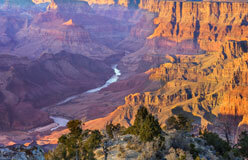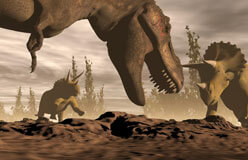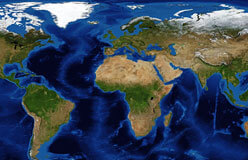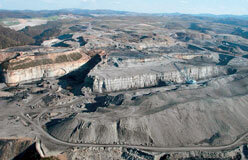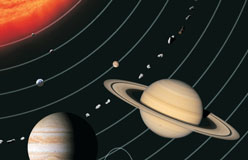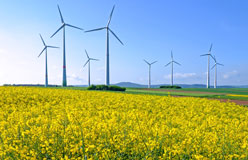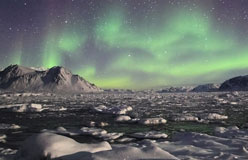Mount Everest in the Himalayas is the most elevated place on Earth, standing 29,035 feet above sea level.
So how could the rocks and fossils at its summit have come from an ancient ocean floor?
Earth’s crust and upper mantle are separated into seven enormous tectonic plates, as well as many smaller ones. The upper mantle beneath the plates is superhot and semiliquid, which enables the plates to slide around. Sometimes they pull away from one another; sometimes they slip past each other; other times they collide.
All of these movements cause earthquakes and volcanic eruptions. But the collisions can also make Earth’s crust buckle and form mountains, like Everest. The motion of tectonic plates is the biggest force reshaping Earth’s surface.
